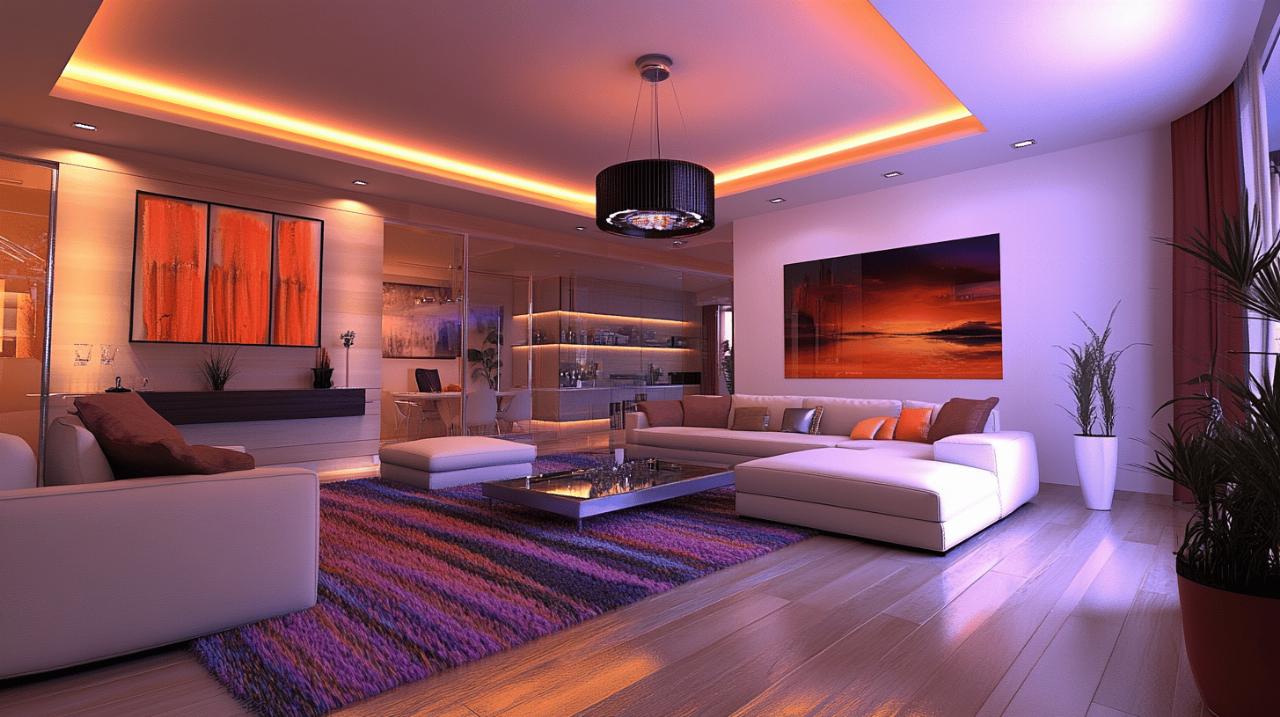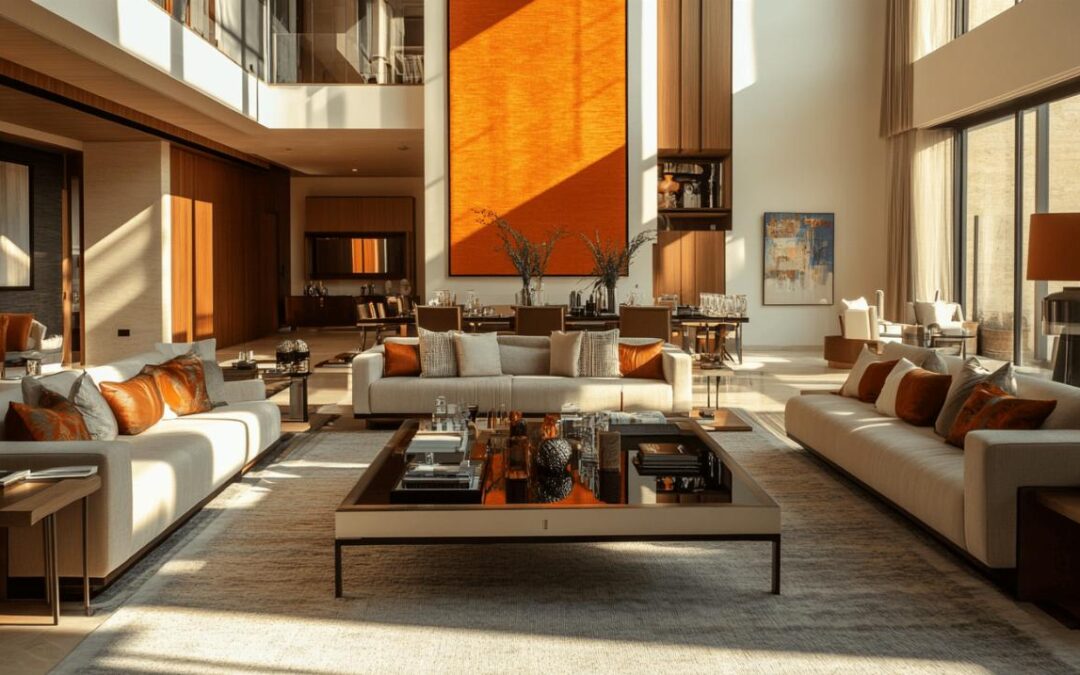Personalizing your home with creative decoration concepts can radically transform your living environment, making it more inviting and reflective of your unique taste. Modern design approaches offer countless possibilities to reimagine your space while maintaining functionality and style.
Transformative wall designs
Walls present blank canvases waiting to be transformed into artistic focal points within any room. Creative wall treatments can instantly elevate your interior design without major renovations, adding depth and personality to otherwise plain surfaces.
Geometric patterns using washi tape
Washi tape provides an affordable yet striking way to create custom wall designs. This removable Japanese masking tape comes in various colors, patterns, and widths, making it perfect for crafting geometric configurations on any wall surface. You can design diamonds, hexagons, or abstract linear patterns that add visual interest without commitment. Many design enthusiasts at Casa Jedo have showcased stunning washi tape installations that completely transform rooms while remaining rental-friendly and easy to change seasonally.
Living plant walls for natural aesthetics
Bringing nature indoors through vertical gardens creates a refreshing atmosphere while improving air quality. Living plant walls serve as breathing art installations that connect interior spaces with natural elements. You can start small with modular plant holders or go bold with professional systems depending on your space and maintenance capacity. This approach aligns perfectly with sustainable decoration trends seen in Casa Jedo showrooms, where biophilic design elements create peaceful environments that reduce stress while adding vibrant color and texture to contemporary interiors.
Smart furniture arrangements
 The art of smart furniture arrangement transforms living spaces into functional, aesthetically pleasing environments. By focusing on strategic placement and multifunctional pieces, any room can become more efficient and inviting. Thoughtful furniture layouts create flow, maximize space utilization, and establish visual harmony that complements your home’s overall design aesthetic.
The art of smart furniture arrangement transforms living spaces into functional, aesthetically pleasing environments. By focusing on strategic placement and multifunctional pieces, any room can become more efficient and inviting. Thoughtful furniture layouts create flow, maximize space utilization, and establish visual harmony that complements your home’s overall design aesthetic.
Multifunctional pieces for small spaces
When decorating compact areas, multifunctional furniture becomes essential. Consider modular shelving systems that adapt to your changing needs while providing both display space and storage. Ottoman coffee tables with hidden compartments serve dual purposes, offering seating, surface area, and storage solutions. Extendable dining tables, sofa beds, and wall-mounted desks that fold away when not in use are perfect for maximizing square footage without sacrificing style or comfort. Bespoke joinery can dramatically increase functionality, with clever built-ins that utilize every inch of available space. Crisp white tones paired with soft blush pink create an open, airy feeling that makes small spaces appear larger. Remember that furniture with clean lines allows light to circulate more freely throughout the room, creating a more relaxing environment and enhancing the sense of spaciousness.
Creating conversation zones with strategic placement
Strategic furniture placement creates natural gathering areas that encourage interaction while maintaining an organic flow throughout the room. Corner sofas work beautifully in open-plan living spaces, helping to define distinct functional zones without physical barriers. When arranging seating, position pieces to face each other at comfortable distances—typically 4 to 8 feet apart—to facilitate easy conversation. Layer in lighting at different heights with floor lamps, table lamps, and overhead fixtures to create ambiance and highlight specific areas. Incorporate area rugs to visually anchor each conversation zone, particularly in larger rooms where multiple seating arrangements might exist. Door curtains offer a stylish way to separate spaces while adding warmth and texture. Experiment with different layouts before committing; many interior designers recommend creating a paper template of larger furniture pieces to test arrangements without heavy lifting. The goal is creating balanced, welcoming spaces that naturally draw people together while still accommodating various activities and traffic patterns.

